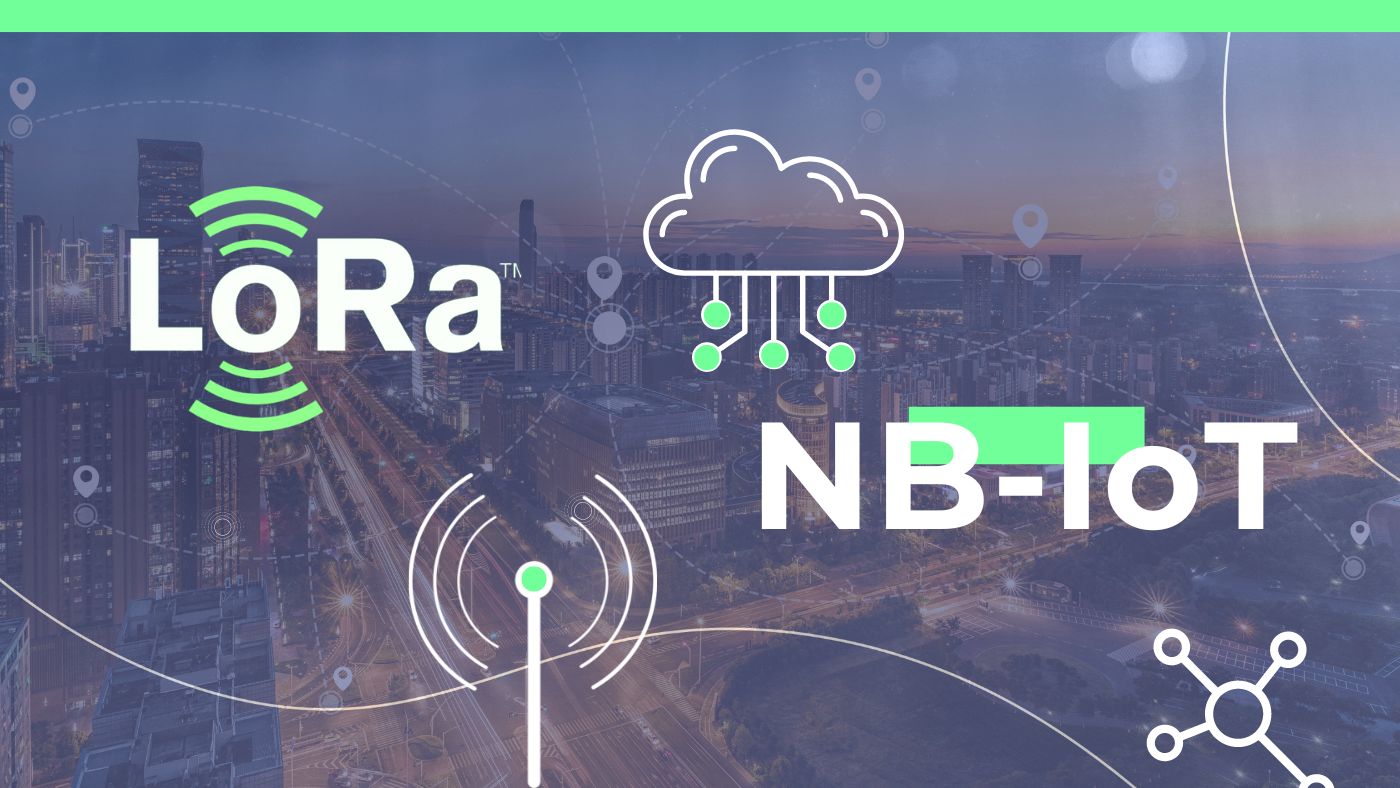LoRa and NB Connectivity: How do field-installed devices send read data?
In the constantly evolving technology scenario, connectivity has become essential among solutions, with special emphasis on the Internet of Things (IoT). In this context, two technologies have stood out: LoRa (Long Range) and NB-IoT (Narrowband). Both offer efficient ways to connect devices to the network.
The devices can be compared to “mini-cell phones”: they exchange information with nearby antennas, and open a communication channel to send the data.
Through spread spectrum modulation, the LoRa signal can travel significant distances, overcoming obstacles and penetrating dense urban areas. Therefore, the LoRa standard is widely used and requires its own antennas.
If there are no antennas in a city, a consultation is made with the connectivity company to check whether they are interested in installing them. The data sending time is very short; It is a way to save the device's battery, which should work for 10 years without changing the battery.
Already the NB-IoT standard, more recent, uses common cell phone antennas in the 5G standard. Therefore, it already has many antennas already installed and has coverage practically throughout the country. With this technology it is possible to update the device's control program remotely. Like the Lora, it makes short communications and works for 10 years without changing the battery.
Stattus4 already works with both standards, currently with NB-IoT for pressure devices and LoRa for others.
These technologies enable sensors installed throughout the distribution network to communicate accurate data in real time, providing valuable insights to the loss management team.
